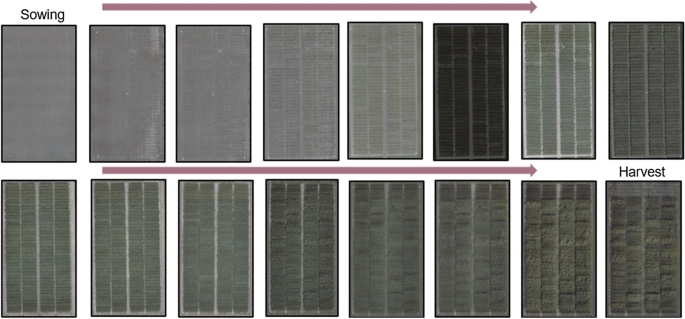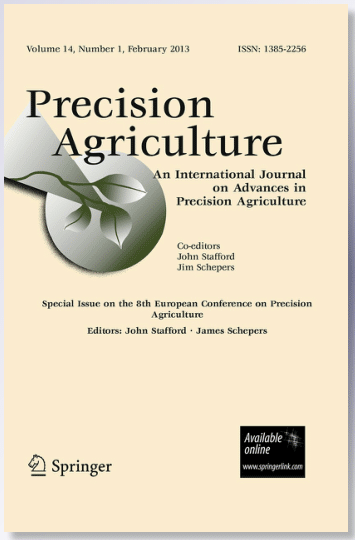Unmanned aerial vehicles (UAVs) equipped with high-resolution imaging sensors have shown great potential for plant phenotyping in agricultural research. This study aimed to explore the potential of UAV-derived red–green–blue (RGB) and multispectral imaging data for estimating classical phenotyping measures such as plant height and predicting yield and chlorophyll content (indicated by SPAD values) in a field trial of 38 faba bean (Vicia faba L.) cultivars grown at four replicates in south-eastern Norway. To predict yield and SPAD values, Support Vector Regression (SVR) and Random Forest (RF) models were utilized. Two feature selection methods, namely the Pearson correlation coefficient (PCC) and sequential forward feature selection (SFS), were applied to identify the most relevant features for prediction. The models incorporated various combinations of multispectral bands, indices, and UAV-based plant height values at four different faba bean development stages. The correlation between manual and UAV-based plant height measurements revealed a strong agreement with a correlation coefficient (R2) of 0.97. The best prediction of SPAD value was achieved at BBCH 50 (flower bud present) with an R2 of 0.38 and RMSE of 1.14. For yield prediction, BBCH 60 (first flower open) was identified as the optimal stage, using spectral indices yielding an R2 of 0.83 and RMSE of 0.53 tons/ha. This development stage presents an opportunity to implement targeted management practices to enhance yield. The integration of UAVs equipped with RGB and multispectral cameras, along with machine learning algorithms, proved to be an accurate approach for estimating agronomically important traits in faba bean. This methodology offers a practical solution for rapid and efficient high-throughput phenotyping in faba bean breeding programs.



